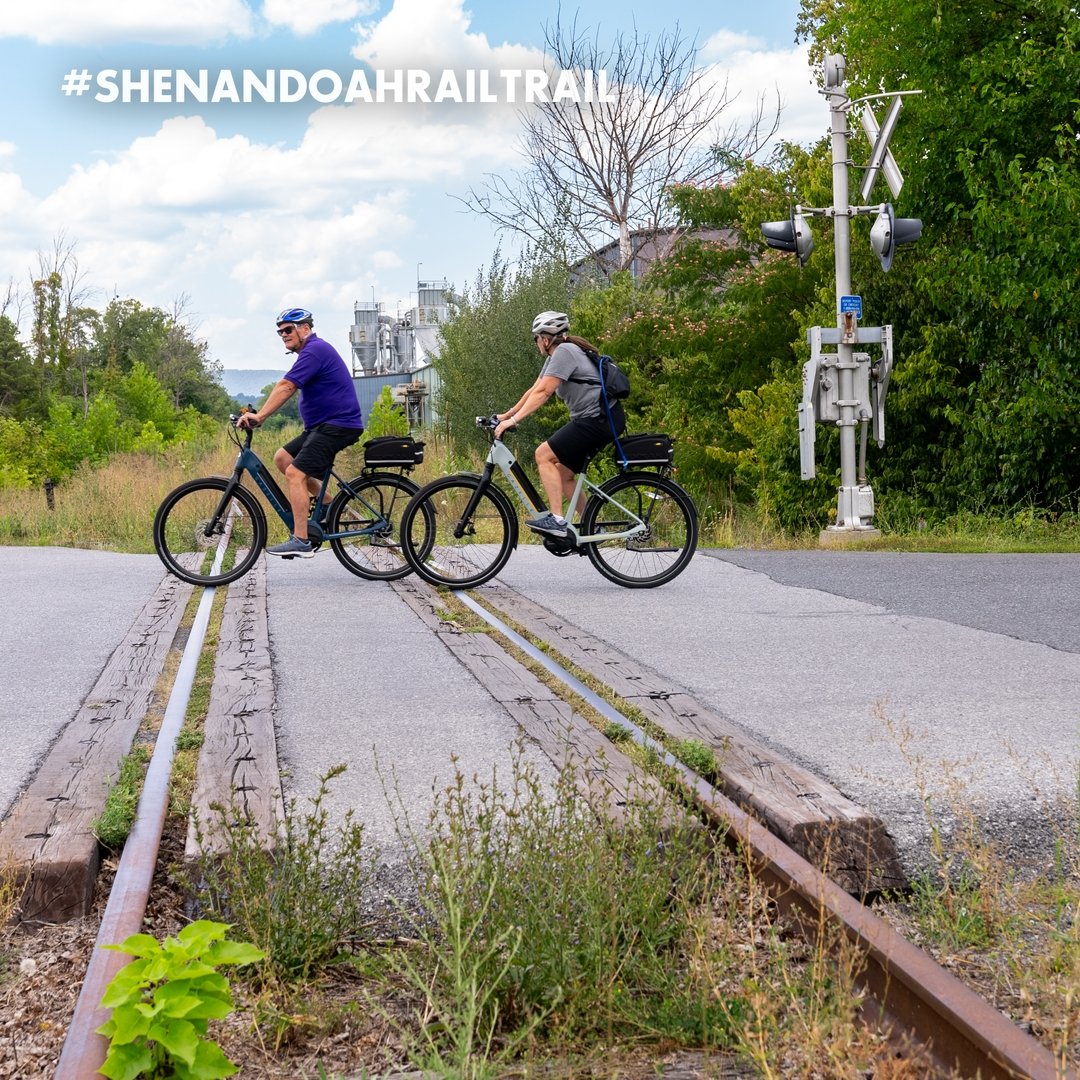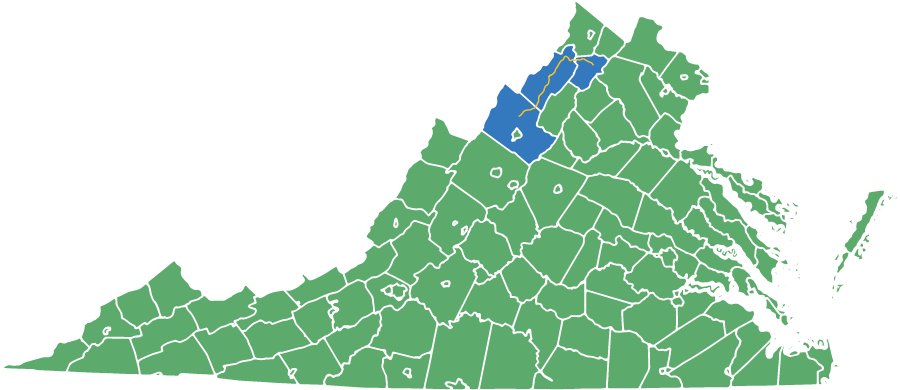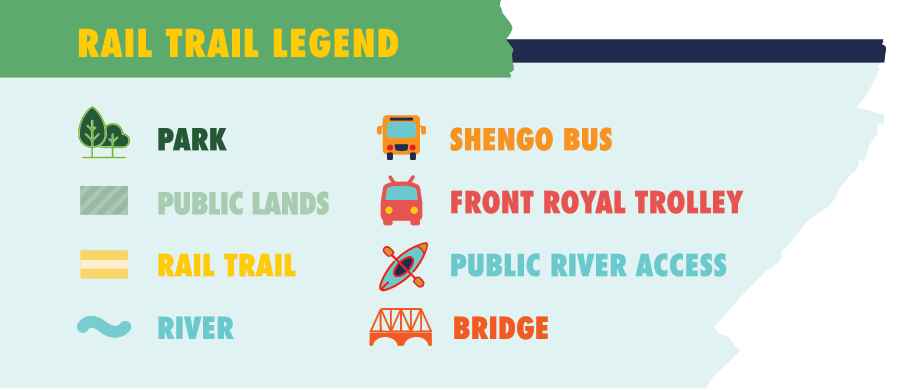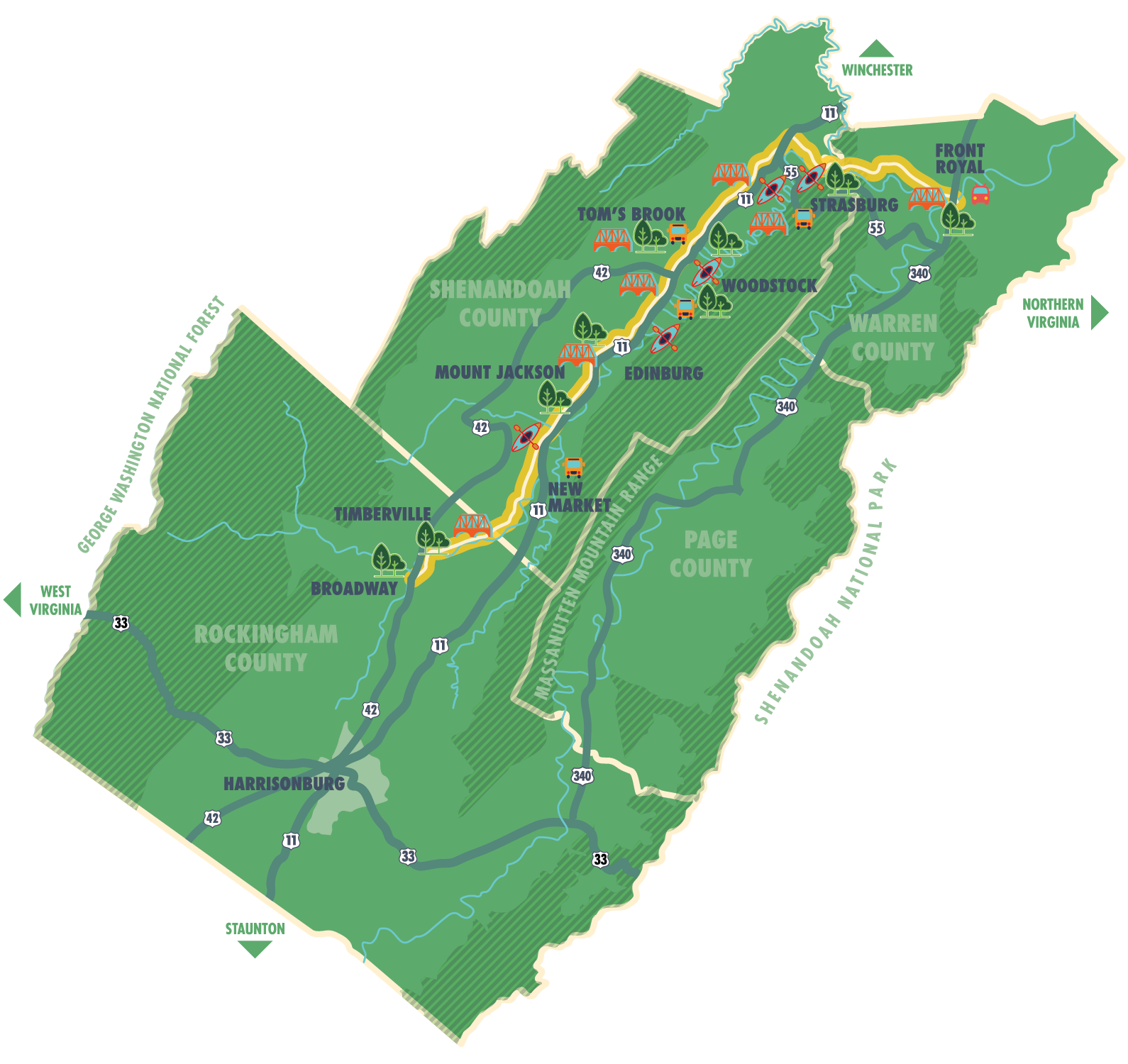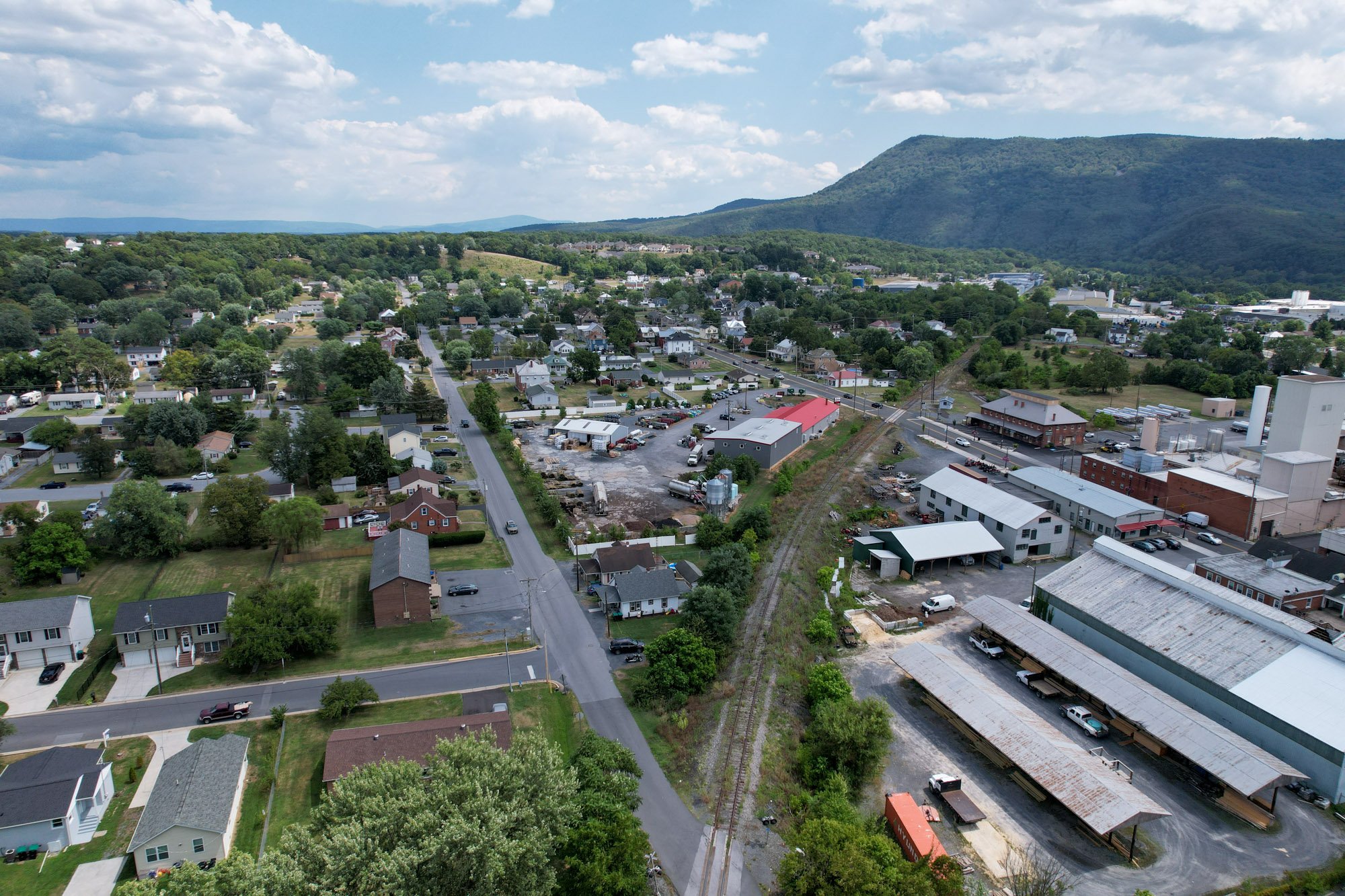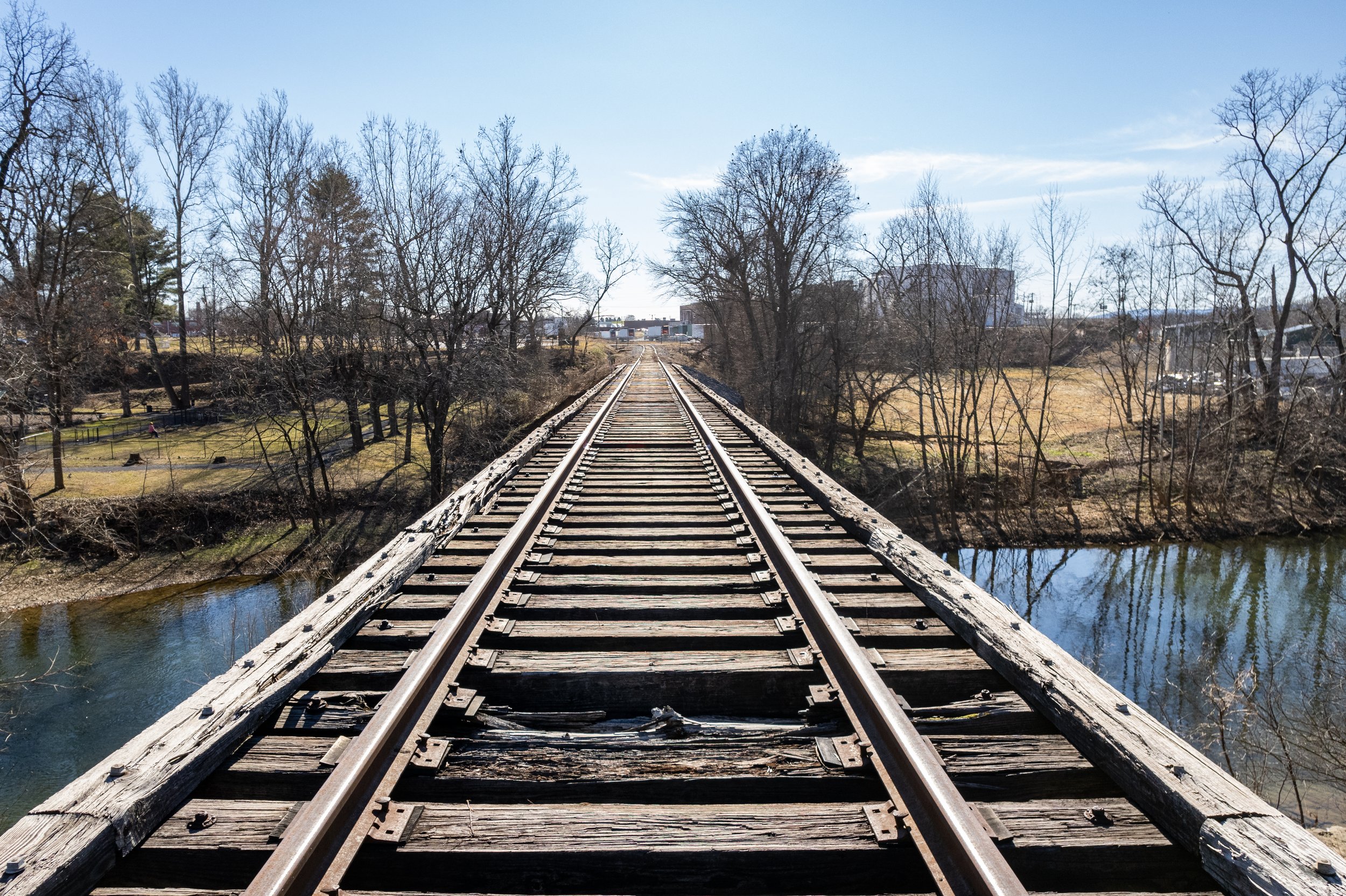We’re Friends of the Shenandoah Rail Trail!
The Shenandoah Rail Trail will connect towns from Broadway to Front Royal with almost 50 miles of trail alongside the North Fork of the Shenandoah River and the Massanutten Mountain range.
News from the Shenandoah Rail Trail
What’s the status of the Shenandoah Rail Trail?
Project Under Threat
We recently learned that the Shenandoah Valley Battlefields Foundation has entered into a Letter of Intent with Norfolk Southern to purchase the Shenandoah Rail Corridor and intends to use the $35 million allocated for the Shenandoah Rail Trail for a different project.
Sign the petition!
Local elected officials along the 49-mile corridor are blindsided by this move by the Shenandoah Valley Battlefields Foundation. This only raises questions, but what is clear is that public funds, allocated or not, should only be spent after a fully studied and vetted plan is in place.
Key Trail Statistics
49 miles of scenic trail
three counties
nine towns
seven bridges over 20’ high
eight public parks
Front Royal Trolley and ShenGo Bus Stops
five public river access points
BROADWAY
📍 2mi 📍
TIMBERBILLE
📍 12 mi 📍
MT. JACKSON
📍 7 mi 📍
EDINBURG
📍 6 mi 📍
WOODSTOCK
📍 6 mi 📍
TOMS BROOK
📍 6 mi 📍
STRASBURG
📍 10 mi 📍
FRONT ROYAL
🏁
BROADWAY 📍 2mi 📍 TIMBERBILLE 📍 12 mi 📍 MT. JACKSON 📍 7 mi 📍 EDINBURG 📍 6 mi 📍 WOODSTOCK 📍 6 mi 📍 TOMS BROOK 📍 6 mi 📍 STRASBURG 📍 10 mi 📍 FRONT ROYAL 🏁
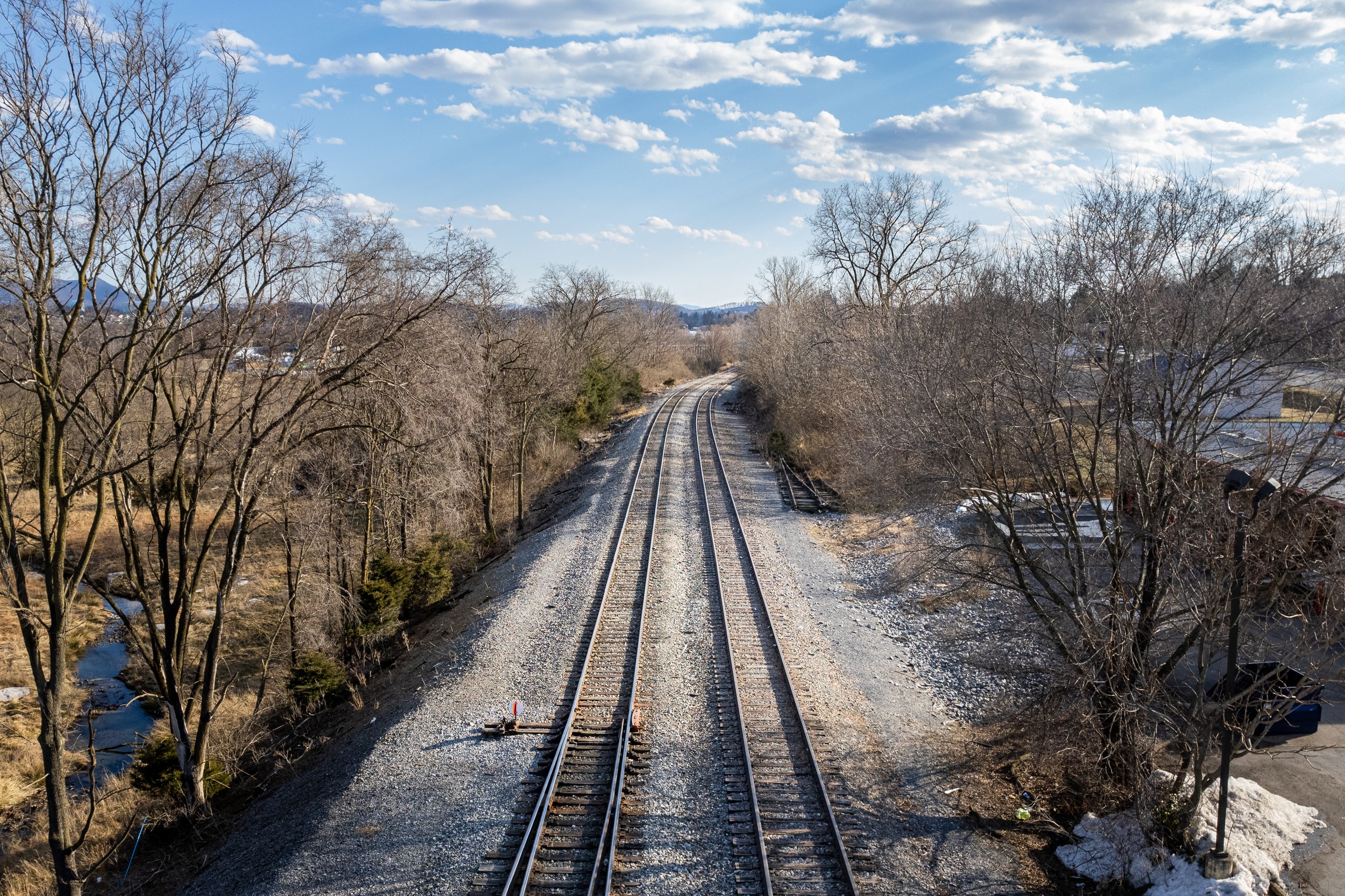
Why a rail trail?
A rail trail is a way of preserving and reimagining an unused rail corridor into a wide, flat trail for people to walk, jog, ride bikes, push strollers or wheelchairs and more. The vision for a Shenandoah Rail Trail connects towns from Broadway to Front Royal with almost 50 miles of trail paralleling the North Fork of the Shenandoah River and the Massanutten Mountain range. Folks enjoying the trail will have the opportunity to take in iconic Valley views as well as stop in historic towns for food, shopping, lodging and entertainment.
Connections
Up and down the route, the trail connects students to school, employees to work, customers to shops, diners to restaurants, and community members to parks, rivers and historic sites.
Opportunities
In the Valley, we are surrounded by opportunities to enjoy the outdoors, but many of the trails and paths are remote, and, by the nature of the terrain, suited for advanced trail users. Our rail trail is flat, primarily rural and scenic, and easily accessed from many towns and neighborhoods. It will be a safe and easy way to get outside and walk, run or roll with family members of all ages and abilities.
Transformations
The addition of a rail tral to our first-rate local amenities will attract companies that seek to locate in a place that offers a high quality of life to the folks they employ. This means the potential for new job opportunities across many sectors. And, visitors to the trail will provide economic opportunities for entrepreneurship and for communities to enjoy thriving local business in the town.
The Trail’s Economic Impact
In addition to all the expected community benefits the trail will offer, economically, the new analysis estimates the trail will bring:
+$32.3 Million
New annual spending in the region due to visitors to the Shenandoah Rail Trail is projected to be $32.3 million (in 2030 dollars) per year when the trail is fully opened.
+319 Jobs
New regional spending is expected to generate 319 new jobs by 2030.
+$10 Million
The expanded economy will generate substantial new income estimated to be $10 million in 2030 for business employees, the self-employed and unincorporated businesses.
+Tax Revenue
The expanded economy in the region will generate higher tax revenue each year for state and local governments: $1.7 million for counties, $0.2 million for towns, and $0.6 million for the state.
Read the full economic impact report here.
The Corridor’s Past, Present, and Future
The Shenandoah Rail Trail’s origins can be traced back to 1851 when what was then called Manassas Gap Railroad began construction. The railroad entered the Shenandoah Valley through Manassas Gap in the Blue Ridge Mountains and reached Mount Jackson in 1859. During the Civil War, construction was halted, and much of the rail was destroyed. After the war, construction began anew and the line reached Harrisonburg in 1868 where it is still used by Norfolk Southern south of Broadway.
Due to decreased interest in freight service along the corridor, the track between Broadway and Front Royal is no longer in use. Freight service on the corridor has been discontinued in sections beginning in 1989.
We’ve come a long way, but we need your support!
Visit our contact page for volunteer and donation opportunities.
Make a donation.
We’re working tirelessly to secure the land for this project, but we need your help. Your donation will help to make this trail a reality.
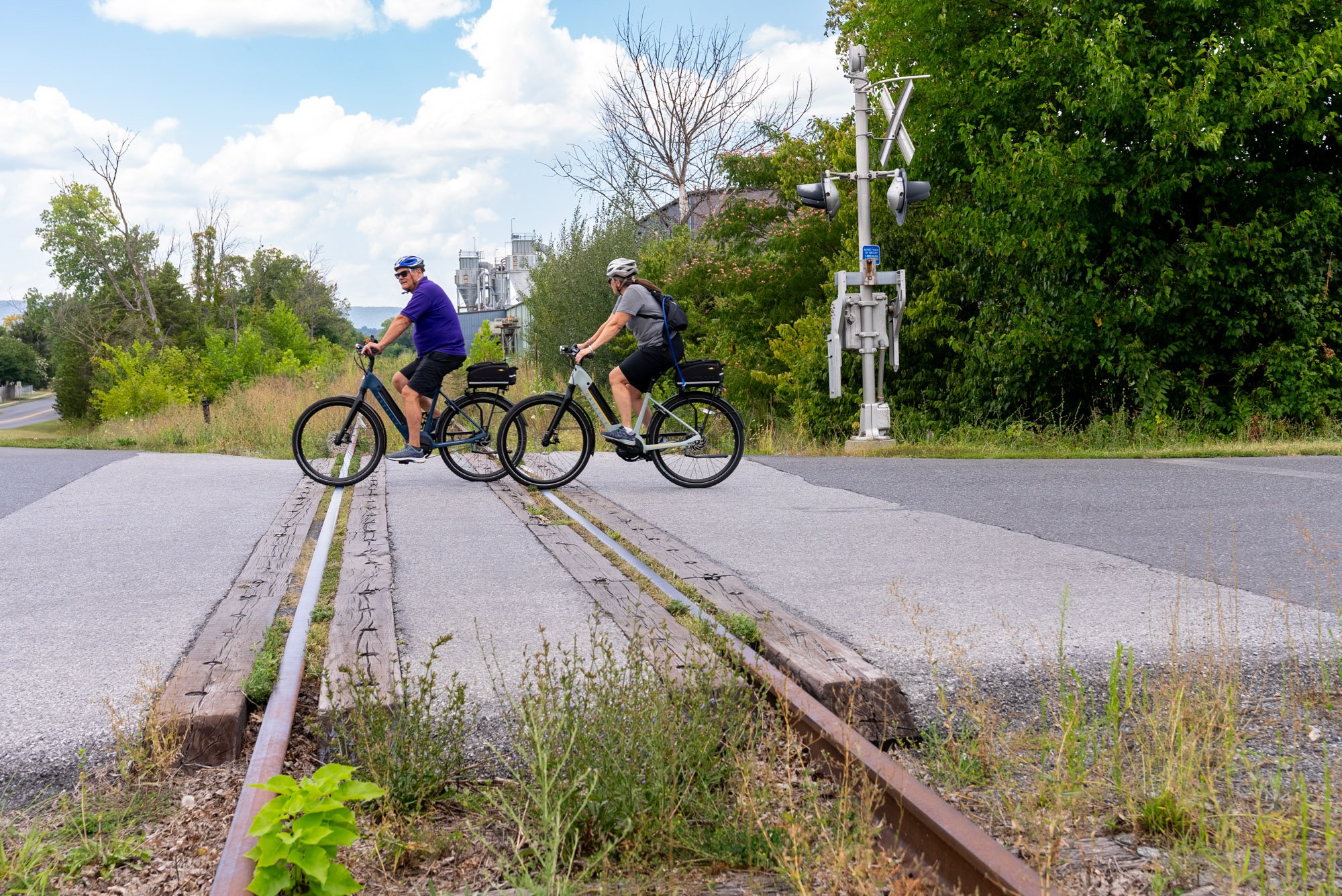
Economic Developement
Volunteer Opportunities
The Shenandoah Rail Trail needs your help! Fill out our volunteer survey below, let us know about your unique skill set, and we’ll be in touch with ways for you to help us take this crucial project to the finish line.
Sign up for updates here
Contact us.
(540) 448-8291
PO Box 816,
Woodstock, VA 22664
Are you a neighboring landowner with questions about the trail’s impact? Click here for more info.
Are you interested in volunteer opportunities? Check out our volunteer survey here.


